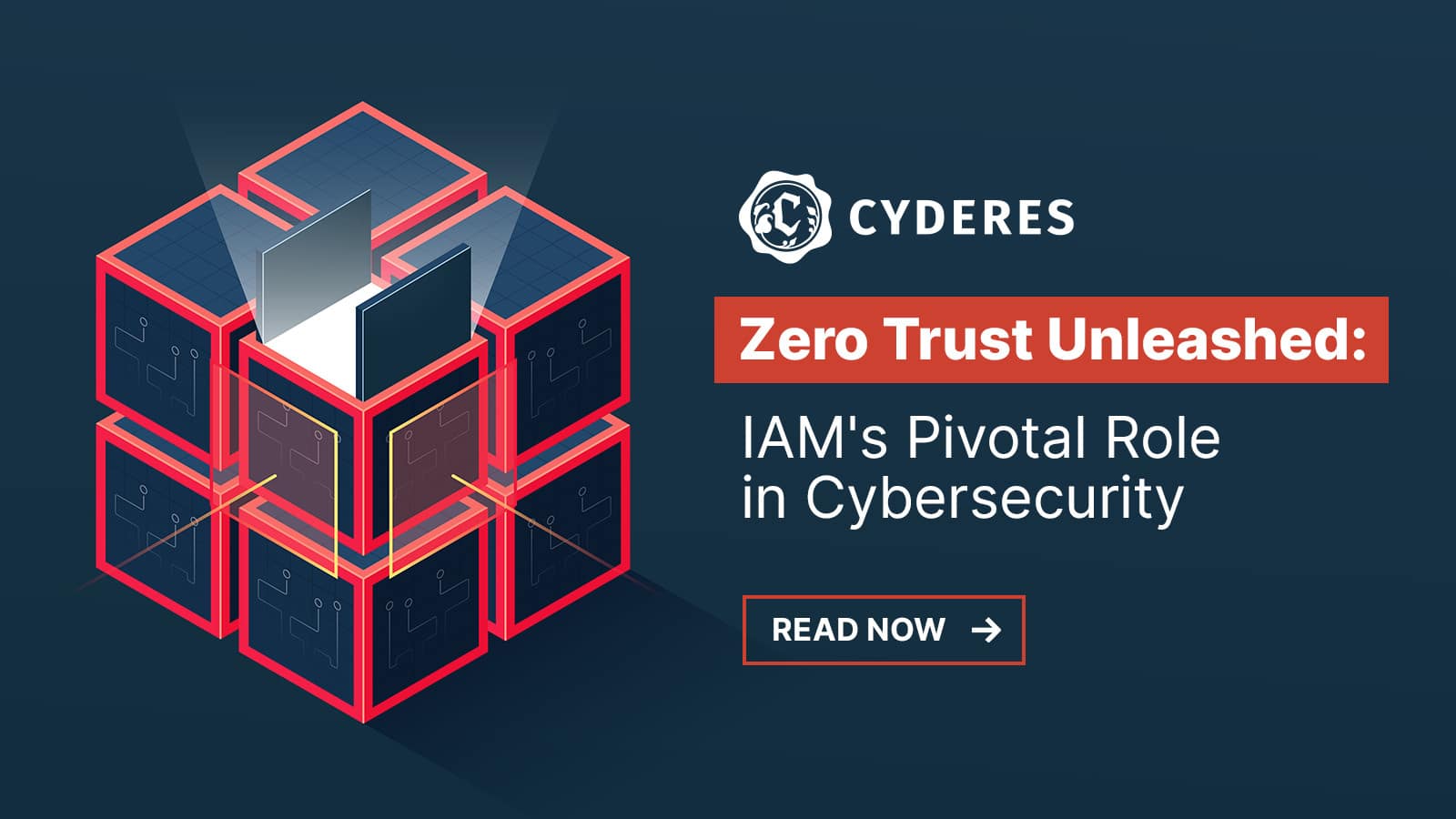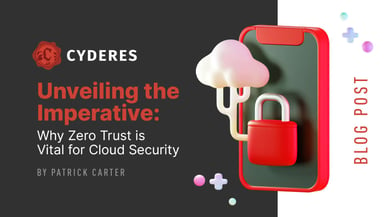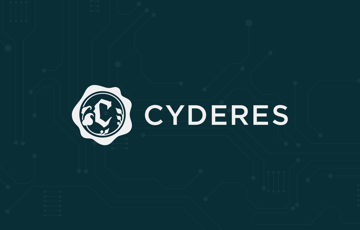In today’s ever-evolving cybersecurity landscape, the traditional perimeter-based security model is no longer sufficient. Threats can emerge from both external and internal sources, and organizations must adapt to this new reality. Enter Zero Trust—a revolutionary approach that challenges the notion of implicit trust within an organization’s network boundaries.
Zero Trust Unleashed
Zero Trust is a paradigm shift in cybersecurity that acknowledges the need to scrutinize every access request, login, and interaction—regardless of the entity’s origin. Whether it’s a user, device, or application, nothing is implicitly trusted. Instead, every action is rigorously verified to ensure its legitimacy.
IAM’s Pivotal Role in Zero Trust
Where does Identity and Access Management (IAM) fit into this new landscape? IAM emerges as the enforcer of Zero Trust principles. Its role is multifaceted, with several critical components:
Authentication and Authorization: IAM’s primary function is to authenticate users and devices using robust methods like multi-factor authentication (MFA). It then grants access based on finely tuned authorization policies, adhering to the principle of least privilege.
Continuous Monitoring: IAM continuously monitors user and entity behavior. If a user’s actions deviate from their usual patterns, IAM can dynamically adjust access controls or raise alerts, providing early threat detection capabilities.
Identity Governance: In a dynamic enterprise environment, identities and permissions are constantly changing. IAM helps manage user identities, access policies, and compliance within the context of Zero Trust.
Data Protection: Controlling who can access sensitive data and under what conditions is paramount. IAM plays a critical role in accurately and promptly evaluating data access requests to maintain a secure and functional organization.
The Cybersecurity Professional’s Expertise
Engaging professional cybersecurity services for IAM within the realm of Zero Trust is not merely an option—it’s a strategic necessity. Here’s why:
Expertise: Cybersecurity professionals bring deep knowledge and expertise in IAM technologies and best practices. They can design, implement, and manage IAM solutions tailored to your organization’s unique requirements.
Security by Design: Professionals ensure that IAM is seamlessly integrated into your cybersecurity strategy from the outset. By aligning IAM systems with Zero Trust principles, the risk of misconfigurations is significantly reduced.
Adaptation and Scalability: Cybersecurity professionals stay up-to-date with evolving threats and technologies. This ensures that your IAM solutions remain effective, adaptable, and responsive as your organization grows and evolves.
Compliance and Governance: Navigating the complex landscape of regulatory compliance is no small feat. IAM professionals understand the intricacies of compliance requirements and will guide you in ensuring that your IAM practices meet all legal standards.
In conclusion, as organizations embrace the transformative power of Zero Trust, IAM emerges as a linchpin in safeguarding critical assets, ensuring data privacy, and mitigating cyber threats. Leveraging the expertise of cybersecurity professionals is not just a smart choice; it’s a strategic imperative in today’s dynamic cybersecurity landscape. Embrace Zero Trust and empower your organization with IAM to navigate the digital age securely.
Register for our Zero Trust webinar
Join our IAM experts on September 20th as they share insights into strategies and techniques that your organization can employ to establish a robust zero-trust framework, and how it can be customized to meet the unique needs and challenges of your organization.
For more cybersecurity tips, follow Cyderes on LinkedIn and Twitter.



